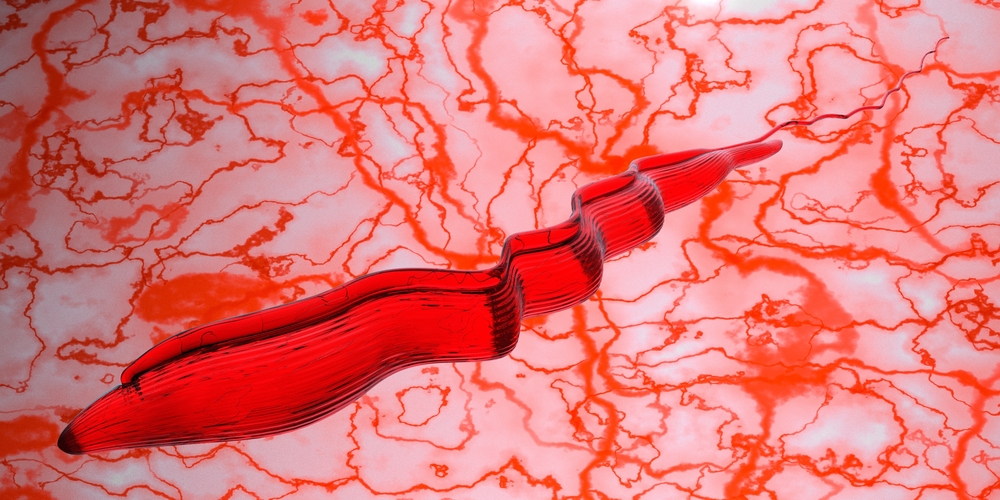Penn State Brandywine Professor Awarded NSF Early Career Grant for Mitochondrial Work

The National Science Foundation (NSF) awarded a Penn State Brandywine assistant professor of biology, Megan Povelones, a National Science Faculty Early Career Development (CAREER) grant to support her study of mitochondrial structure and function.
The five-year grant is one of the NSF’s most-sought early career development honors, given to teacher-researchers working to integrate scientific projects and education in accordance their organization’s mission.
“This highly competitive award is an exceptional achievement,” Cynthia Lightfoot, Brandywine’s director of academic affairs, said in a Penn State news story written by Haleigh Swansen. “It identifies Megan as one of the most promising young teacher-scholars in the nation.”
Povelones is using Trypanosomes (Trypanosoma brucei), a one-cell parasite, to study how mitochondria change shapes and create energy in different settings.
Povelones selected T. brucei as the model system for her research because of its unique cellular structure and unusual mitochondrion — instead of hundreds of mitochondria per cell, this parasite only has one. This specific characteristic allows researchers to observe how the cell organizes its mitochondrion.
“Mitochondria are the energy-generating organelles of the cell and they are very dynamic. Very few mitochondria have the characteristic kidney bean shape we see in textbooks. In fact, if you put a cell in a new energetic environment, the mitochondria can change shape to maximize energy production,” Povelones said.
The goal is to understand what the different shapes mitochondrial take on signify, and how they may affect cell development and fitness. Mitochondrial disease results from mitochondria within cells being unable to produce the energy needed to support an organ or organism; mitochondrial shape is known to affect how well mitochondria function.
Trypanosomes live in two different types of host: the tstste fly or mammals, like cows, pigs or humans. The two different types of hosts bring different nutrient options; for instance, mammals allow access to more sugars through the blood. Understanding these adaptation processes might be useful to study other cell types.
Povelones is looking to include more students in her project, a component that was particularly decisive in the NSF’s selection process, and she will also recruit students from the Penn State Great Valley engineering school, to help her print 3D mitochondrial models.
“A cell is a 3D object, but we often look at it in 2D,” Povelones said. “We can look at cells in 3D thanks to software programs, but we want to see what effect it might have on a student to actually hold a tangible, 3D mitochondrial model.”
One of Povelones objectives is to inspire students by bringing them aboard projects offering practical experience in a laboratory.
“It’s easy to read a textbook,” she added, “but completely different to go into a lab and see how complicated it is to perform the research behind those textbook passages. When your experiment works, though, it’s rewarding. I’m excited to include students in that process.”






